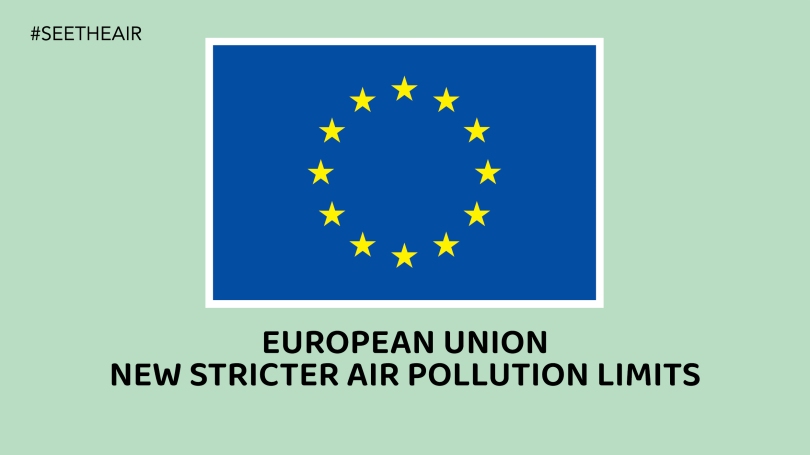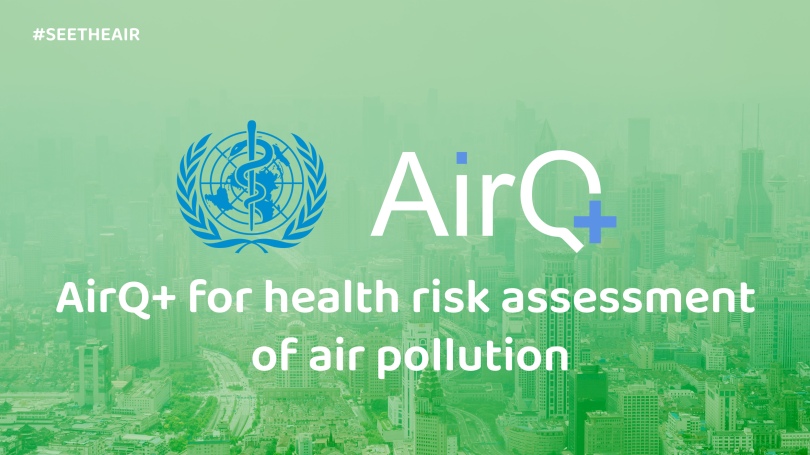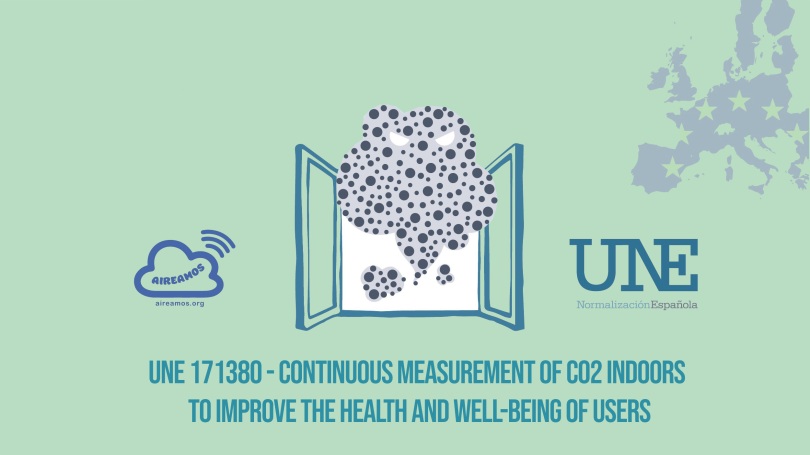On February 20, 2024, the Council of the EU released a press release that discusses the agreement reached by the Council and Parliament to strengthen air quality standards in the EU. The new standards are expected to improve air quality and reduce premature deaths. They will be reviewed regularly and could be further strengthened in the future.
EU lawmakers have joined forces to strengthen air quality standards by 2030. These new, stricter limits and targets align more closely with World Health Organization (WHO) recommendations and will be subject to regular review. The updated directive tackles a range of air pollutants, including fine particles (PM2.5 and PM10), nitrogen dioxide (NO2), sulphur dioxide (SO2), and even toxic metals like arsenic and lead. Each pollutant has its own specific standard, with the most significant reductions targeting those posing the greatest health risks. For example, annual limits for PM2.5 and NO2 will be more than halved, dropping from 25 µg/m³ to 10 µg/m³ and 40 µg/m³ to 20 µg/m³, respectively.
Read More »




